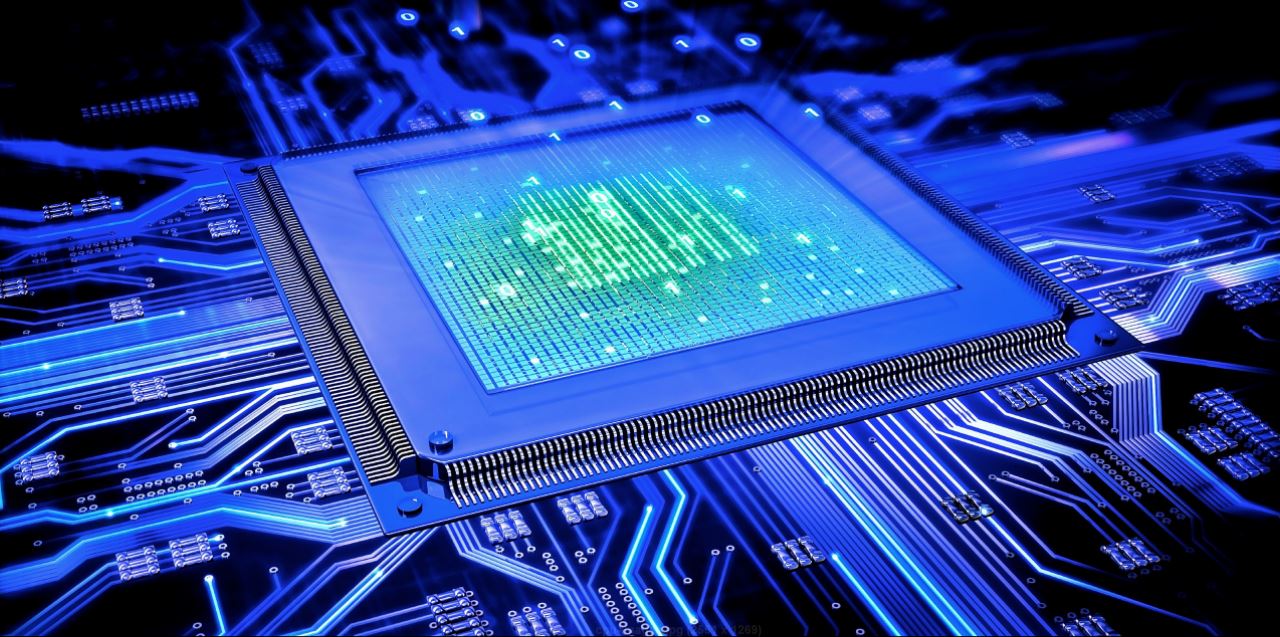Types of computers
Computers may be classified based on the following: -
1. Operating principles (based on their construction and
working)
2. Applications
3. Size and capability (or classification into micro, mini,
mainframe and supercomputers)
4. Number of Microprocessors
5. Word length and
6. Number of users
Classification
based on area of applications
Modern computers depending
upon their applications are classified as: -
1. Special
Purpose Computers
2. General
Purpose Computers
1)Special
Purpose Computers: - A
special purpose computer is designed only to meet the requirements of a
particular task or application. The instructions needed to perform a particular
task are permanently stored into the internal memory, so that it can perform
the given task on a single command. It therefore doesn’t posses unnecessary
options and is less expensive
2)General Purpose
Computers: - A General Purpose computers are designed to meet the needs of many
different applications. In these computers, the instructions needed to perform
a particular task are wired permanently into the internal memory. When one job
is over, instructions for another job can be loaded into the internal memory
for processing. This, a general purpose machine can be used to prepare
pay-bills, manage inventories, print sales report and so on.


Classification
digital Computer based on size and Capability
Based on size and
capability, computers are broadly classified into
A microcomputer is
the smallest general purpose processing system. The older pc started 8 bit
processor with speed of 3.7MB and current pc 64 bit processor with speed
of 4.66 GB.
Examples:
- IBM PCs, APPLE computers
Microcomputer
can be classified into 2 types :
1. Desktops
2. Portables
The
difference is portables can be used while travelling whereas desktops computers
cannot be carried around.
The different
portable computers are: -
1)
Laptop
2)
Notebooks
3)
Palmtop (hand held)
4)
Wearable computers
Laptop:
- this computer is similar to a desktop computers but the size is smaller. They
are expensive than desktop. The weight of laptop is around 3 to 5 kg.
Notebook: - These computers are as powerful as desktop but size of these
computers are comparatively smaller than laptop and desktop. They weigh 2 to 3
kg. They are more costly than laptop.
Palmtop (Hand held): - They are also called as personal Digital Assistant (PDA). These
computers are small in size. They can be held in hands. It is capable of doing
word processing, spreadsheets and hand writing recognition, game playing,
faxing and paging. These computers are not as powerful as desktop computers.
Ex: - 3com palmV.
Wearable computer: - The size of this computer is very small so that it can be worn on the
body. It has smaller processing power. It is used in the field of medicine. For
example pace maker to correct the heart beats. Insulin meter to find the levels
of insulin in the blood.
Workstations Computer:- It is used in large,
high-resolution graphics screen built in network support, Engineering
applications(CAD/CAM), software development desktop publishing
Ex: Unix and windows NT.
Minicomputer: -
A minicomputer is a medium-sized computer. That is more powerful than a
microcomputer. These computers are usually designed to serve multiple users
simultaneously (Parallel Processing). They are more expensive than
microcomputers.
Examples: Digital Alpha, Sun Ultra.
Mainframe
computers:
- Computers with large storage capacities and very high speed of processing
(compared to mini- or microcomputers) are known as mainframe computers. They
support a large number of terminals for simultaneous use by a number of users
like ATM transactions. They are also used as central host computers in
distributed data processing system.
Examples: - IBM 370, S/390.
Super-computer:
- Supercomputers have extremely large storage
capacity and computing speeds which are many times faster than other computers.
A supercomputer is measured in terms of tens of millions Instructions per
second (mips), an operation is made up of numerous instructions. The supercomputer
is mainly used for large scale numerical problems in scientific and engineering
disciplines such as Weather analysis.
Examples: - IBM Deep Blue


Classification
based on number of microprocessors
Based on the number of
microprocessors, computers can be classified into
a)Sequential computers and
b) Parallel computers
a) Sequential
computers:Any
task complete in sequential computers is with one microcomputer only. Most of
the computers (today) we see are sequential computers where in any task is
completed sequentially instruction after instruction from the beginning to the
end.
b)
Parallel computers: - The parallel computer is relatively
fast. New types of computers that use a large number of processors. The
processors perform different tasks independently and simultaneously thus
improving the speed of execution of complex programs dramatically. Parallel
computers match the speed of supercomputers at a fraction of the cost.
Classification
based on word-length
A binary digit is called “BIT”. A word is a group of bits which is
fixed for a computer. The number of bits in a word (or word length) determines
the representation of all characters in these many bits. Word length leis in
the range from 16-bit to 64-bits or most computers of today
Classification
based on number of users
Based
on number of users, computers are classified into: -
Single User: - Only one user can use the resource
at any time
Multi User: - A single computer shared by a number of users at any time.
Network: - A number of interconnected autonomous computers shared by a number of
users at any time.



No comments